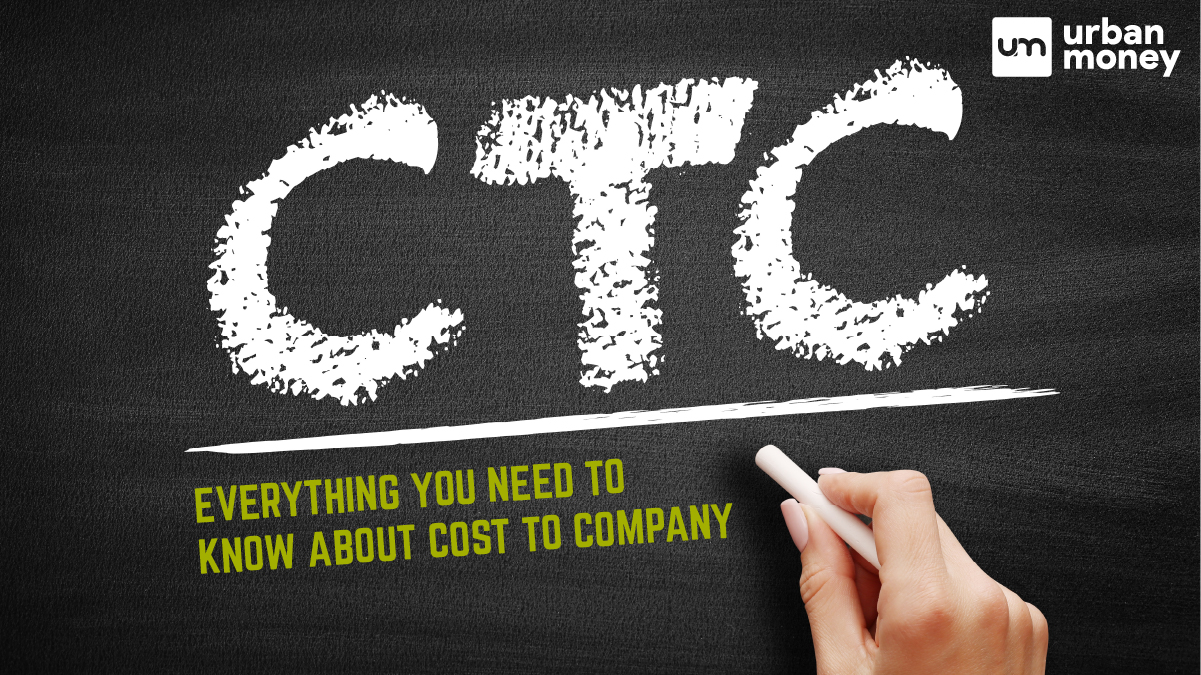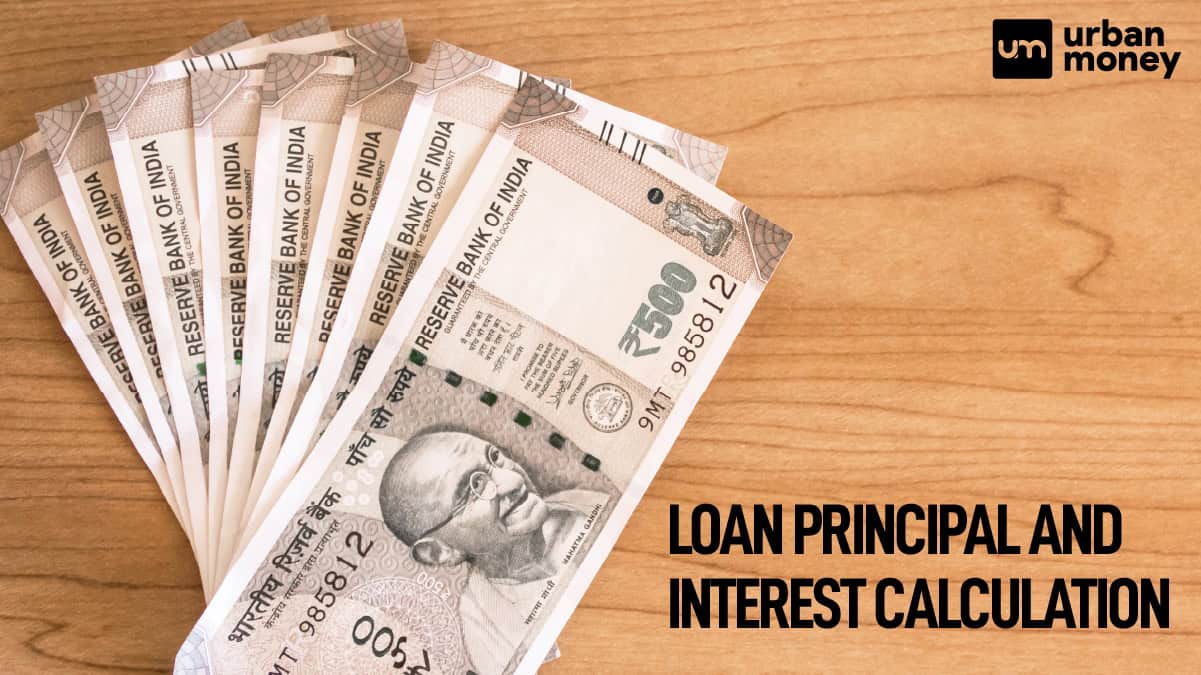Top 10 Best Private Banks in India List 2025
January 09, 2025
Home Loan Archive | Unlocking The Benefits of Home Loan Refinancing

February 25, 2025


Think about unveiling a hidden savings vault within your home loan. That’s what home loan refinancing can feel like. Refinancing a home loan is helpful for homeowners looking to save money on their loans. By refinancing, you replace your current loan with a new one with better terms, such as a lower refinance home loan interest rate or a shorter repayment period. This can lower your monthly payments and reduce the overall cost of the loan. It’s a way to make your home loan fit better with your current finances, giving you more control and saving money in the long run. Sounds interesting? Let’s explore home loan refinancing from tip to toe for a better understanding.
Table of Contents
ToggleAs mentioned, home loan refinancing means replacing your current home loan with a new one, often from a different lender. The goal is to get better terms, such as a lower interest rate, a different repayment period, or switching from a fixed to a variable rate. When you refinance, the new lender pays off your old loan, and you start paying for the new one. This can lower your monthly payments, save on interest, or even reduce the loan’s length if that suits your budget.
Refinancing can also let you switch loan types, like moving from a variable rate to a fixed one for stability. Some people refinance to access extra funds if they need more money for home improvements. However, it’s important to consider any fees involved, like processing fees, legal charges, and valuation costs, as these add to your expenses. Generally, refinancing makes sense if the new loan offers clear savings over time.
Refinancing house loans can be smart if your financial situation has changed or you want better loan conditions. It’s helpful if you’re looking to reduce the total interest you pay or adjust your loan to match your current needs. Refinancing can also allow you to work with a lender who provides better service, flexible options, or quicker response times. Additionally, it allows you to restructure your loan, such as consolidating other debts, which can make managing finances simpler and more organised.
Home loan refinancing works by replacing your existing loan with a new one, usually with better terms. When you decide to refinance, you apply to a new lender who offers a lower interest rate, different repayment terms, or other benefits. Refinance often requires paperwork, such as proof of income and property documents, to confirm your eligibility. Once completed, you begin paying according to the new loan terms, which can help you save on interest or adjust your monthly payments to suit your finances better.
Lenders usually check key factors to be eligible for home loan refinancing. Here are the basic criteria:
When refinancing a home loan, you must provide certain documents proving your eligibility and financial stability. These documents help the lender assess your income, loan repayment ability, and property details. Having these documents ready can make the refinancing process smoother and quicker. Here’s a list of common documents required for refinancing:
| Documents | Types |
| Identity proof | Passport, driving licence, or Aadhaar card. |
| Address proof | Utility bills, rent agreements, or an Aadhaar card |
| Income proof | Salary slips for the last 3-6 months, income tax returns (ITR), and Form 16 |
| Bank statements | Recent statements for the past 6-12 months |
| Existing loan documents | Current loan statement, loan agreement, and repayment track record |
| Property documents | Title deed, sale agreement, and property tax receipts |
For home loan refinancing, a good credit score is crucial. Generally, lenders prefer a score of 700 or above, as it shows strong financial responsibility. A high score may help you get lower interest rates and better loan terms. If your score is below 700, some lenders might still consider your application, but you may not get the best rates. Improving your credit score before applying by paying bills on time and reducing debts can increase your chances of getting approved for refinancing with favourable terms.
There are a few main types of home loan refinancing options to consider. Each offers different benefits, so choosing the right one depends on your financial goals and current situation.
Refinancing a home loan is a process that helps you get better terms on your loan. Following a series of simple steps can make the refinancing experience smoother. Here’s a step-by-step guide:
In the refinancing process, loan disbursement and closure are the final steps where your new loan begins and your old loan ends. This process ensures a smooth transition, benefiting you from improved loan terms while fully closing your previous loan. Here’s how they work:
Before refinancing a house loan, you must consider a few key factors to ensure it’s the right choice. Here are important things to keep in mind:
Choosing the best lender for home loan refinancing is important to ensure you get the best terms and service. Here are some tips to help you select the right refinance lender:
Home loan refinancing can offer some useful tax benefits similar to a regular home loan. Here’s how refinancing might help you save on taxes:
Home loan refinancing can affect your credit score, but usually only briefly. When you apply to refinance, the lender checks your credit, which results in a small drop in your score. This is called a “hard inquiry.” However, if you make all your payments on time with the new loan, your score can recover and even improve. A lower interest rate or a more manageable monthly payment helps you handle your finances better, enhancing your score in the long run.
Refinancing a house loan can help you lower your interest rate, adjust your repayment plan, or reduce your monthly payments. However, it comes with costs and risks, like potential fees and a temporary dip in your credit score. Evaluating the pros and cons can help you decide if refinancing fits your financial goals. Have a look at the advantages and disadvantages of home loan refinancing:
Yes, refinancing a loan you've already started repaying allows you to switch to better terms, such as a lower interest rate or adjusted loan tenure. This option is commonly used when there’s still a significant balance left on the loan, as it can help you save on interest and reduce monthly payments.
Interest rates play a key role in refinancing. A lower interest rate on a refinanced loan can reduce your monthly payments and the total interest paid over the loan's term, leading to significant savings.
Yes, refinancing fees can often be negotiated. Some lenders may be willing to reduce or waive certain costs, such as processing or application fees, to make their offer more attractive.
Refinancing usually takes 2 to 4 weeks, depending on the lender and the complexity of the process. This timeline includes application review, credit checks, property appraisal, and finalising documents.
No, the savings or benefits you get from refinancing, like a lower interest rate or reduced monthly payments, are not taxable. However, any income generated from those investments may be taxable if you take a cash-out refinance and use the funds for investments.
Refinancing can carry some risks, including high upfront fees that may reduce overall savings if not carefully considered. Extending the loan term can also lead to paying more interest over time. Additionally, switching lenders may involve complex paperwork and potential delays.
To mitigate refinancing risks, start by comparing multiple lenders to find the best terms and lowest fees. Use a loan calculator to ensure long-term savings outweigh costs. Keep the loan term reasonable to avoid paying extra interest, and review all terms carefully before signing.










© 2025 www.urbanmoney.com. All rights reserved.

Need Loan Assistance?

Thank you for showing your interest. Our agent will get in touch with you soon.

















